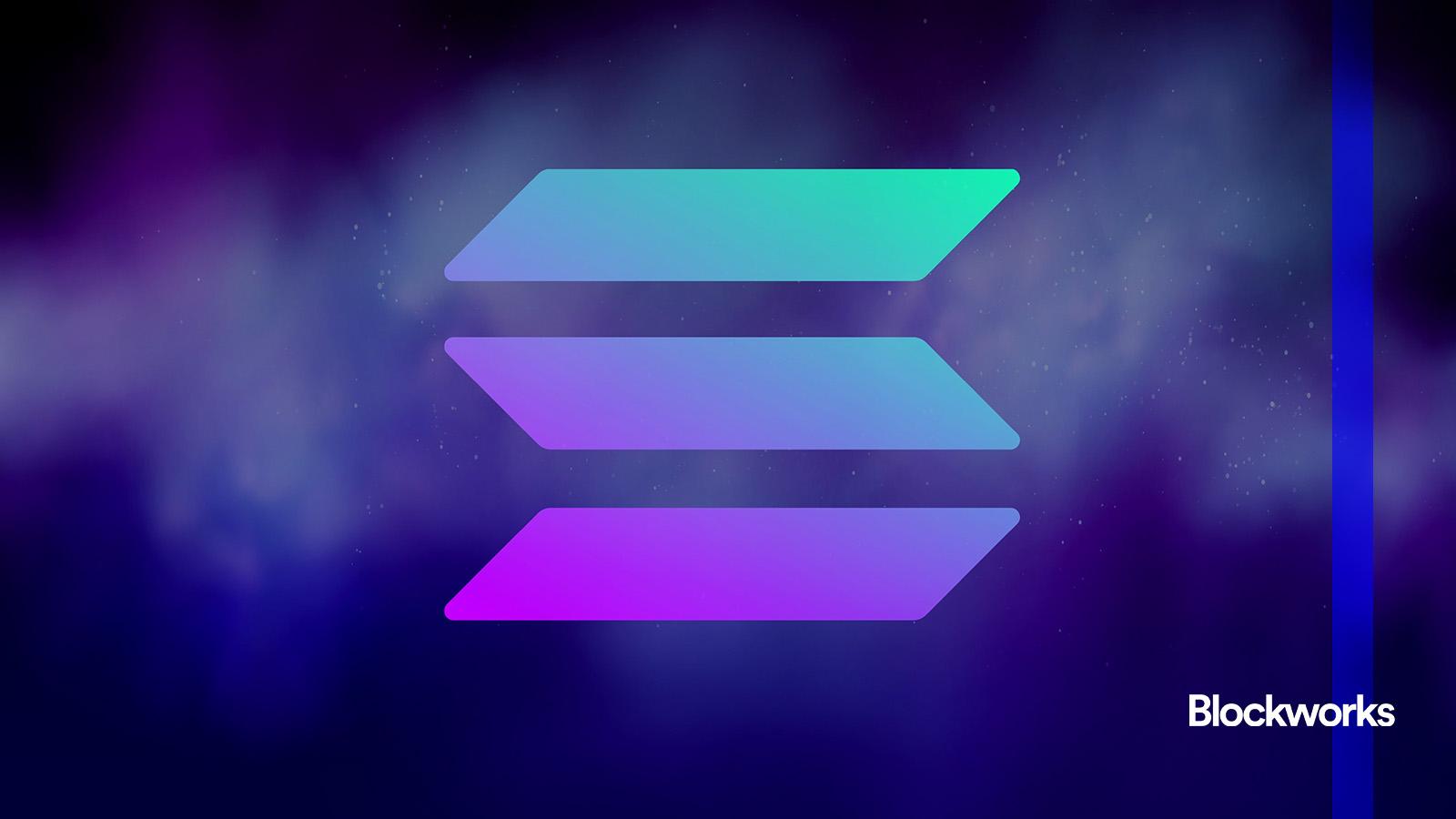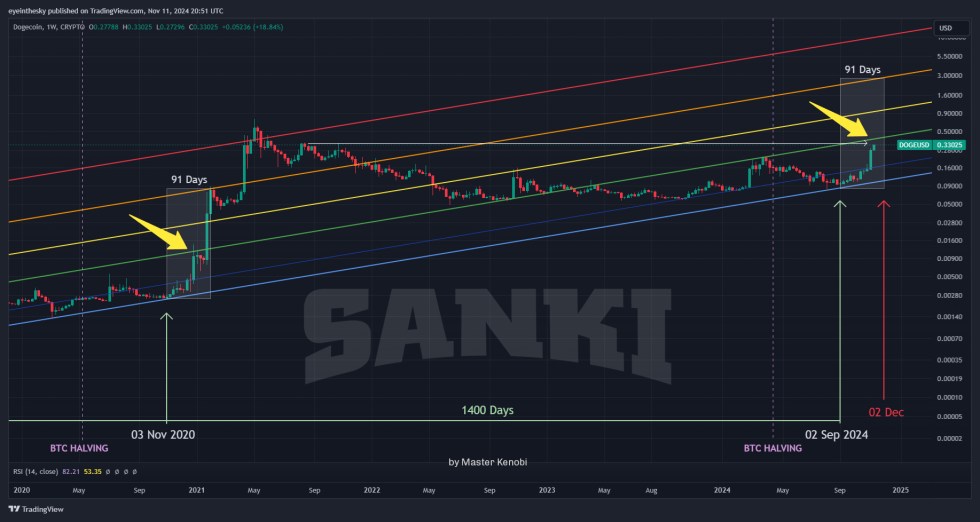Today, enjoy the Lightspeed newsletter on Blockworks.co. Tomorrow, get the news delivered directly to your inbox. Subscribe to the Lightspeed newsletter.
Solana restaking has long made intuitive sense: Take Ethereum’s most successful narrative from the past year and apply it to the blockchain making the strongest attempt at grabbing Ethereum’s mantle.
For some crypto startups, it’s an intuition worth staking their business on. Multiple startups have already begun developing tools for Solana restaking, essentially betting that the technology will be implemented — and further betting there will be demand for it once it’s available.
Restaking is the EigenLayer-popularized concept of taking staked tokens used to secure blockchains and staking them a second time to secure another layer of infrastructure and services (which are sometimes called AVSs, though Jito calls them NCNs).
On Solana so far, there are two main competitors: Jito and Solayer. Jito Restaking has open-sourced its code, and I most recently heard it was hoping to deploy the platform by the end of the year (although, obviously, these things are subject to change). Solayer is live, but restaked tokens are currently limited to so-called endogenous AVSs, which don’t enable slashing and are mostly focused on providing the protocols better bandwidth in the form of stake-weighted quality of service (SWQoS).
Still, there are at least two businesses building solely atop these platforms, meaning their success hinges on the success of protocols that are yet to fully launch, let alone prove robust demand.
Both appear to have started building full Solana restaking platforms. Cambrian came to light in February of this year promising a “modular security layer for Solana” (restaking is sometimes referred to as modular security because it lets a protocol swap in different security sources). It added to this vision in June, promising “orchestration for different services” on top of other Solana restaking protocols. There’s not much else out there about the project, but it appears to be leaning more into the “orchestration” side of things lately.
There’s also Fragmetric, which is planning to launch a liquid restaking token (LRT) on top of Jito Restaking. The LRT plans to solve the problem of how AVSs or NCNs can distribute rewards to restakers without encouraging tokens to be dumped onto the market. It hopes to accomplish this with transfer hooks, a feature of Solana’s SPL token extensions that let specific actions happen when a token is transferred (in this case, updating the balance in Fragmetric’s “rewards module”).
Sang, a co-founder of Fragmetric, told me they were building a Solana restaking protocol themselves, but it felt like a “disaster” when they learned Jito was launching a restaking protocol because of its size and developer quality. But still being bullish on the prospects for Solana restaking, Fragmetric pivoted to building on Jito.
“Many people in the Solana ecosystem hate restaking,” Sang told me, because it has been used mainly to focus on infrastructure on EigenLayer, which hasn’t ingratiated itself much with the Solana community. But, Sang added, Solana restaking is more focused more on user-facing products and services compared to EigenLayer, pointing to Jito’s StakeNet and Squads as examples.
FragSOL is meant to launch in two weeks. Would it be another such disaster for Fragmetric if Solana restaking doesn’t manage to take off?
“Yeah, that’s right,” Sang said.
Start your day with top crypto insights from David Canellis and Katherine Ross. Subscribe to the Empire newsletter.
Explore the growing intersection between crypto, macroeconomics, policy and finance with Ben Strack, Casey Wagner and Felix Jauvin. Subscribe to the Forward Guidance newsletter.
Get alpha directly in your inbox with the 0xResearch newsletter — market highlights, charts, degen trade ideas, governance updates, and more.
The Lightspeed newsletter is all things Solana, in your inbox, every day. Subscribe to daily Solana news from Jack Kubinec and Jeff Albus.










